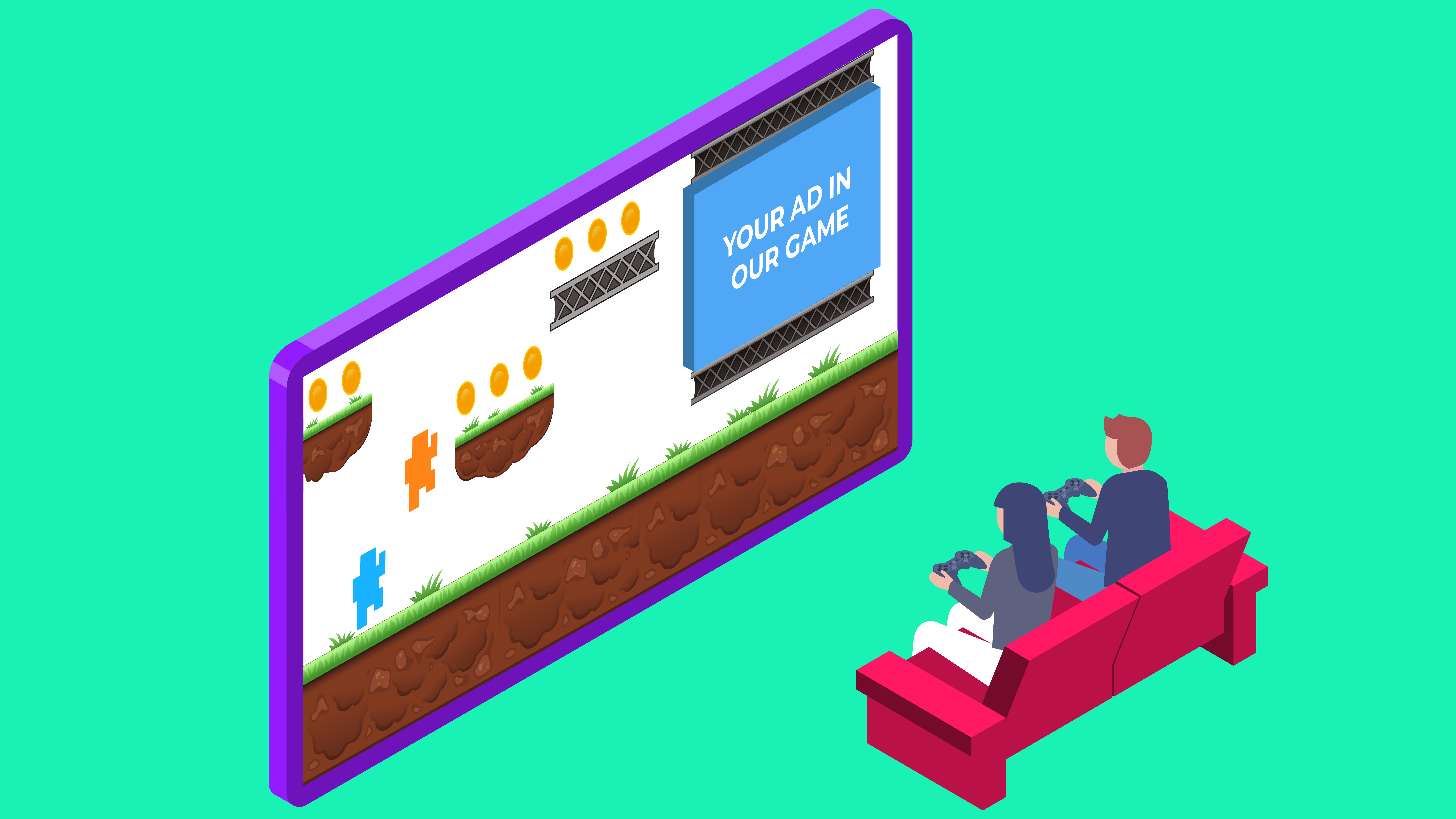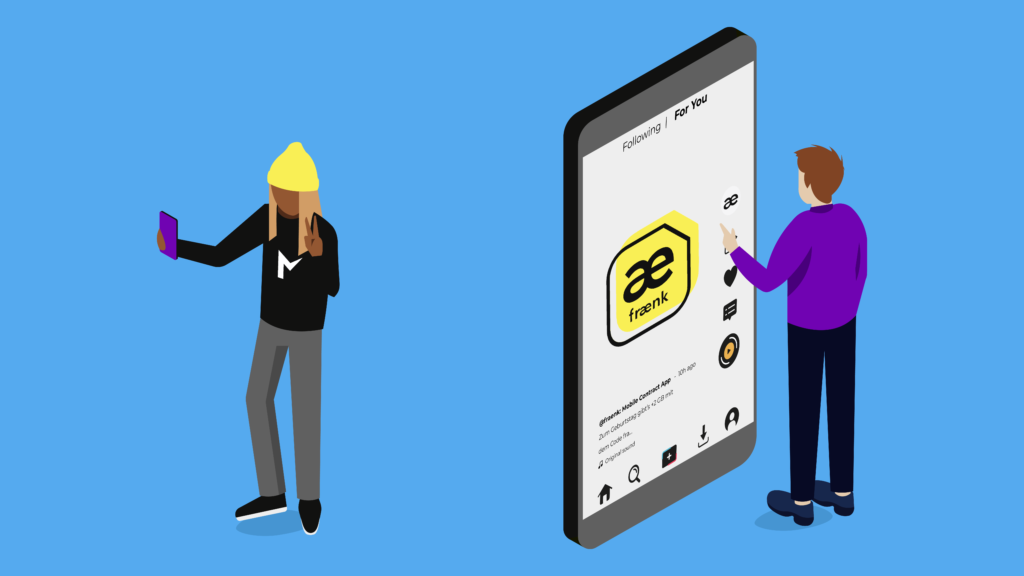Author: Steffen Meyer, Mobile Marketing Content Specialist
The best advertisements are the ones, people don’t perceive as advertisements: When consumers enjoy marketing messages rather than endure them, it’s a win-win situation for all parties involved. Potential customers don’t feel like someone stole their time, and marketers are rewarded with high engagement rates.
This is one of the reasons native advertising gains popularity in the app marketing world. During the latest Mobile Growth Summit, there was alot of talk about this particular strategy.
What’s native advertising and how to do it right
With native advertising, marketers develop ads that blend in with the content surrounding it. For example, if you put native advertisements on a satirical site, your ad text should be satirical as well, and when a site offers infographics, you should design your ads in the same way (see here for more examples on native advertising).
So in a way, native advertising goes a step further than sponsored content. The latter just reserves a spot somewhere on a website or a newsletter but the ad content differs in style from the rest of the content around it, meaning: It’s mostly alot more salesly and PR-heavy (due to wishes by management).
That is why native advertising requires strong collaboration with the desired platform. If marketers (or their bosses) try to squeeze in their certain wordings or emphasis contrary to what the platform employers recommend, users will more likely spot this as simple PR and not further engage with it.
But if there’s trust towards the people that actually create the content on the desired platform on a daily basis, native advertising can succeed.
According to statistics collected by Outbrain – a company that makes money with native advertising –, people that see native ads are more likely to actually click on the ads, trust them more and spend more time with them. Furthermore, various studies show that agencies and marketing departments shift budgets towards this strategy.
Intrinsic In-Game ads – a special category to consider
App marketers should especially check out native advertising in games, which operates under the name of intrinsic In-Game advertisement. Contrary to so-called interstitial ads that interrupt the gameplay, intrinsic ads are – as the name suggests – built into the gaming experience.
Think of playing a city builder game and the billboards in your city show actual ads from the real world, or talking to a shop keeper in an adventure game, offering items you could actually order home.
According to a survey of over 1,200 gamers, these ads are found the less interrupting and the most compelling at the same time. The majority of respondents even said that this format made them take action more than other types. But since this isn’t backed up by any objective performance data, you should be wary of this assertion. People don’t always act as they say.
Nevertheless, intrinsic In-Game ads can be a good way to blend in with the gaming experience, let marketing messages slip into users’ minds without annoying them with the same non-skippable video over and over.
As of now, interstitial ads are still the most common ad type in games and probably pop to mind first when you think about game advertisement. But you should have in mind the benefits of intrinsic advertisement as well and see which type will best suit your product.
If you want to dig deeper, have a look at this site by our partner Kochava to get started with intrinsic In-Game Advertising.
How does native advertising fit into your strategy?
Native advertising is gaining momentum and surely is a good way to market your app with reduced danger of disgruntling and thus loosing potential customers. To find out how these ad types can fit into your overall strategy, have a look at our free Marketing Master Map.
Speaking of overall strategy, we will take a break with this blog for now and evaluate, what’s working, what not. If you want to give feedback, please feel very welcomed to do so. In the end, you as the reader has to like this blog, so your input is very valuable to us. Drop us a line.
💡 Knowledge sharing is at the core of what we do. Get our Marketing Master Map, sign up for our newsletter and become part of our community on LinkedIn to learn how to make apps succeed in the competitive mobile landscape.









